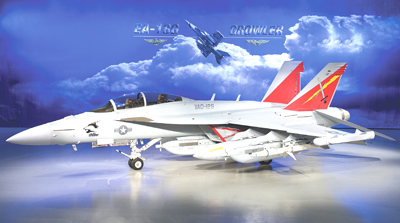INDIAN ARMED FORCES CHIEFS ON OUR RELENTLESS AND FOCUSED PUBLISHING EFFORTS

The insightful articles, inspiring narrations and analytical perspectives presented by the Editorial Team, establish an alluring connect with the reader. My compliments and best wishes to SP Guide Publications.

"Over the past 60 years, the growth of SP Guide Publications has mirrored the rising stature of Indian Navy. Its well-researched and informative magazines on Defence and Aerospace sector have served to shape an educated opinion of our military personnel, policy makers and the public alike. I wish SP's Publication team continued success, fair winds and following seas in all future endeavour!"

Since, its inception in 1964, SP Guide Publications has consistently demonstrated commitment to high-quality journalism in the aerospace and defence sectors, earning a well-deserved reputation as Asia's largest media house in this domain. I wish SP Guide Publications continued success in its pursuit of excellence.
- A leap in Indian aviation: Prime Minister Modi inaugurates Safran's Global MRO Hub in Hyderabad, Calls It a Milestone
- All about HAMMER Smart Precision Guided Weapon in India — “BEL-Safran Collaboration”
- India, Germany deepen defence ties as High Defence Committee charts ambitious plan
- True strategic autonomy will come only when our code is as indigenous as our hardware: Rajnath Singh
- EXCLUSIVE: Manish Kumar Jha speaks with Air Marshal Ashutosh Dixit, Chief of Integrated Defence Staff (CISC) at Headquarters, Integrated Defence Staff (IDS)
- Experts Speak: G20 Summit: A Sign of Global Fracture
Case Study: Advancing in Reverse Gear

Induction of the MMRCA fl eet may take over two decades. By then, the current Fourth Generation combat aircraft may no longer be useful or relevant. The concluding part of this series explains why it needs to be examined whether it will be prudent to go ahead with the proposal or wait till 2015 for the Fifth Generation PAK-FA.
The Russian option
A strategic partner, Russia has had a longstanding political equation with India. During the Cold War, the supply of weapon systems from Russia on extremely favourable financial terms was an extension of the strong political and strategic relationship with India. Considering India was practically a captive client, the quality of the weapon system or Life Cycle Cost was never an issue. However, post disintegration of the USSR, the range of options available to India has considerably widened. To ensure best value for money, computation of Life Cycle Cost has assumed critical importance. Russian strategy to compete would be to quote low initial cost to stand a good chance of being L1. However, they have a notorious reputation for high Life Cycle Costs that more than make up for the low initial capital outlay. Even though the political equation between Russia and India, with a brief interlude during the Yeltsin era, has been exceptionally good, product support by the Russian government-controlled aircraft manufacturing companies has been indifferent and often adversely affected operational capability of the IAF. Besides, Russian aircraft are not as good as their western counterparts in avionics, especially radar technology and engine life. But perhaps the most disconcerting experience has been Russia’s unilateral decision to hike the price of the last 100 Su-30 MKI aircraft in violation of the terms of the original contract. It would be prudent for decision makers to factor these into deliberations.
Liberal sale of defence equipment to India has been the strongest element binding Indo-Russian relations. Decline in the procurement of weapon systems from Russia, especially in the context of the growing proximity to the US, could weaken political ties with Russia. Despite the constraints, wide ranging engagement between the Indian and Russian aerospace industries continues. Development of Fifth Generation Fighter Aircraft, Military Transport Aircraft and aero-engines are some of the current joint ventures. Russia is to upgrade the IAF’s MiG-29 fleet, and supply 80 Mi-17 helicopters, 40 additional Su-30 MKI aircraft, MiG-29K for the Indian Navy, AWACS and in-flight refuelling aircraft. Russia would have no qualms over full transfer of technology and is prepared to grant access to the country’s vast energy reserves as also collaboration in the field of nuclear power generation.





